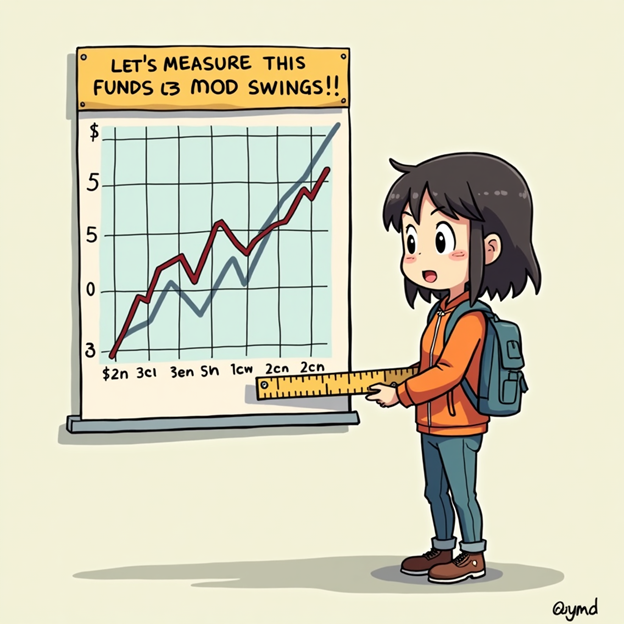There are no items in your cart
Add More
Add More
| Item Details | Price | ||
|---|---|---|---|
Standard Deviation in mutual funds tells you how volatile a fund’s returns are. Learn this key risk metric in plain English — with real-life examples.
23/06/2025
Ever noticed two funds with the same returns — but one feels riskier? That’s where Standard Deviation (SD) steps in.
It measures how wildly a fund's returns fluctuate from its average. In simple words: higher SD = higher mood swings in returns.

What Is Standard Deviation (SD)?
SD tells you how much a fund's returns deviate from the average (mean).
🧮 Example:
If a fund’s 5-year average return is 10%, and the SD is 5%,✅ Why It Matters?
Conclusion
Standard Deviation doesn’t just measure math — it tells you how calm or chaotic your investing journey will be.
Before you choose a fund, check if its SD matches your comfort with volatility. Peace of mind matters as much as returns.

Summary Table: Understanding Standard Deviation
| Term | Meaning | Ideal for | Risk Signal Level |
| Standard Deviation | How much returns fluctuate around average | Conservative to Balanced Investors | < 5 (Low), > 10 (High) |

Dr. Satish Vadapalli
Research Analyst